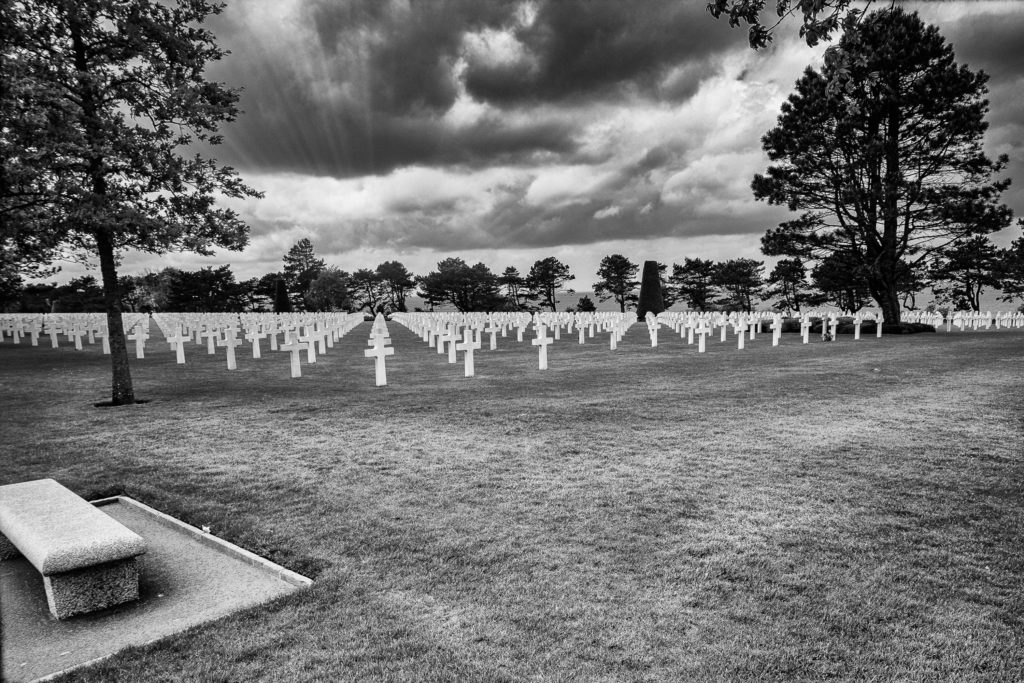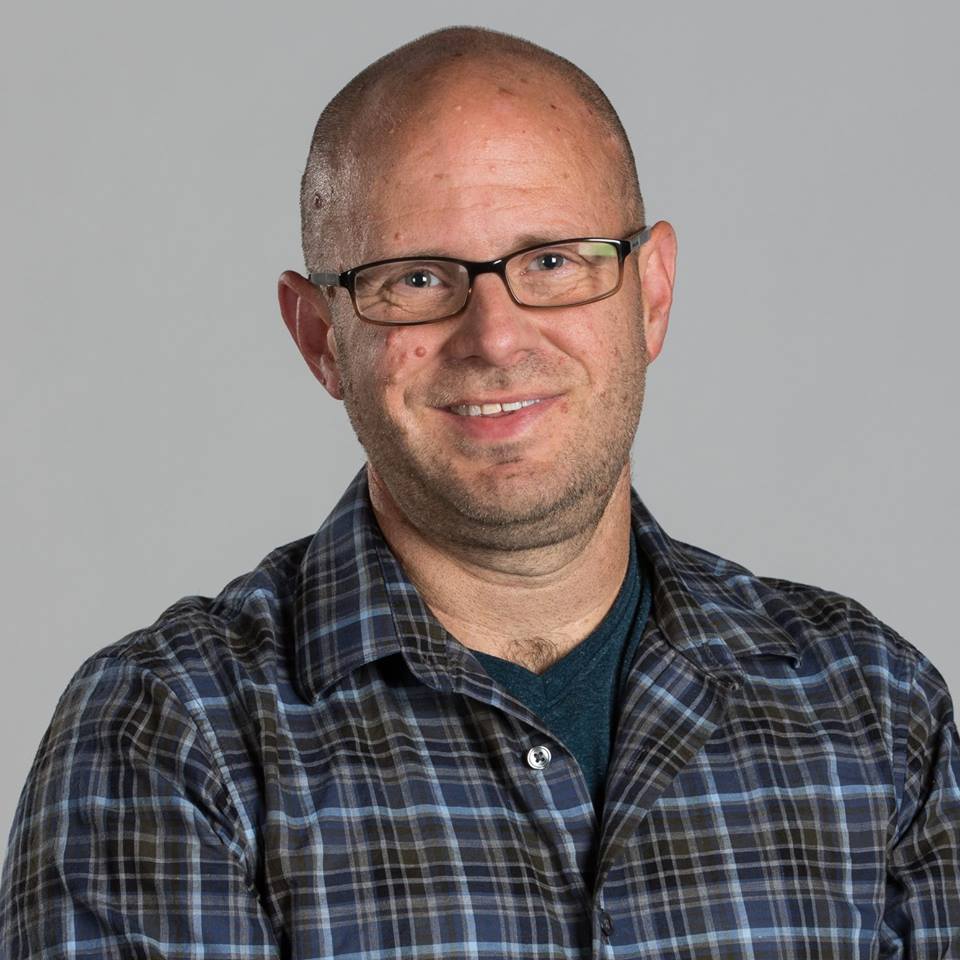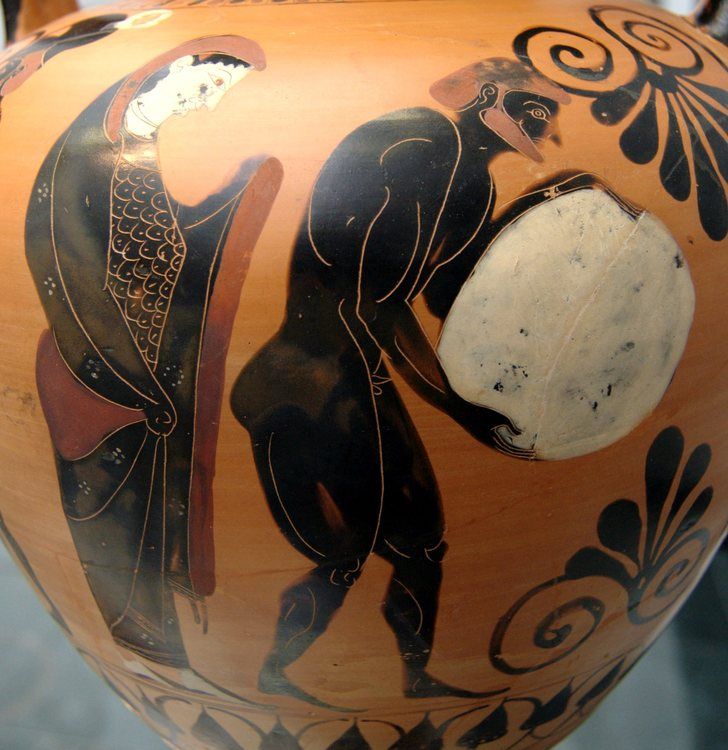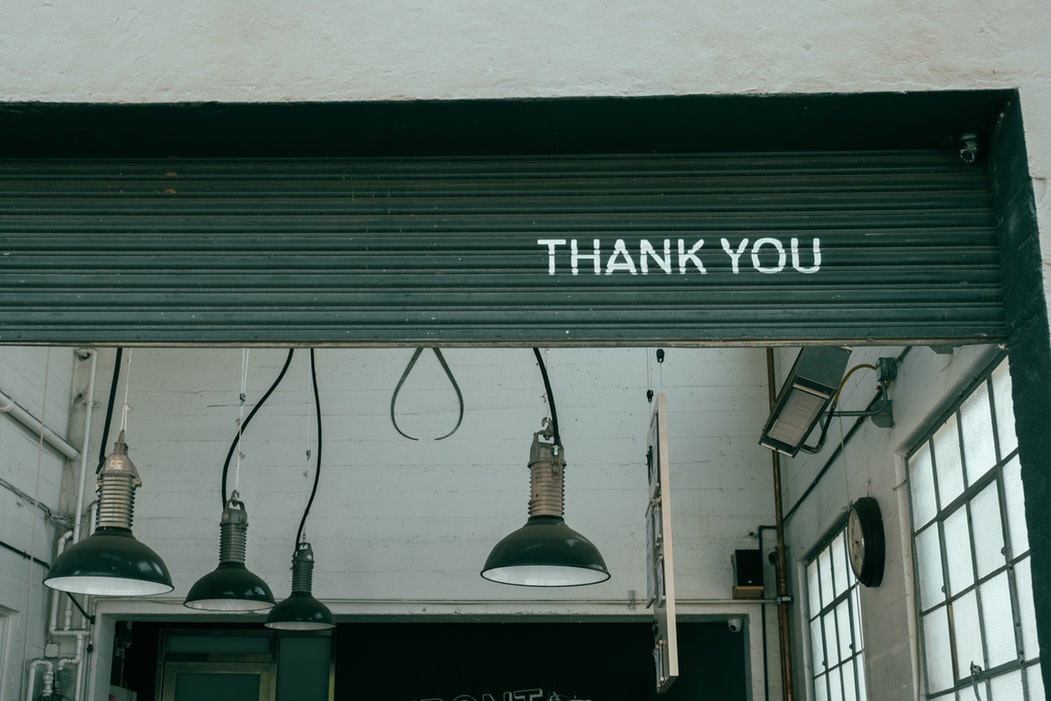
When a friend asked us to find World War II grave in France, we didn’t understand it would send us on a pilgrimage through America’s and Europe’s past
The Mercedes taxi sped along the country highway. For the tenth time since we left Paris that June morning, I looked at the piece of paper in my hand.
U.S. Military Cemetery.
Marigny, France
9 miles west of St. Lo.
Pfc. John Juba Jr. Inf. 4 Div.
Killed Aug. 4, 1944. 20 years old.
That was all I knew about the man whose grave my wife and I were on the way to visit. Kathy and I were on a delayed honeymoon in Europe, a month-long trip that had already taken us to Germany, Holland and Paris. Now, with a week left before we headed home, we were making good on a promise to a friend back home.
Pat Callahan didn’t know much about John Juba either; his half-brother had been killed before he was born. Pat didn’t know how he died; only that he was buried in France in a grave no one in the family had ever seen. He asked if my wife and I would mind visiting the cemetery on our vacation, maybe take a picture of the gravestone for his mother.
If it’s on your way, of course, Pat said when he handed me the directions, and that was how we left it.
It wasn’t on our way, as it turned out, but all through our vacation the X marked beside Marigny on our map of France nagged at us. I’d never met Pat’s mother. Was she wondering if we’d found the cemetery? Did she wait to hear what the place where her son was buried looked like? In the end, we didn’t want to disappoint a woman who’d lost her first son in a war and never had the chance to pray at his grave. The day after we arrived in Paris we set out by train for Marigny, about 300 miles to the west.
Four hours later, the taxi we hired at the St. Lo station raced through the rolling Normandy countryside, quickly eating up the nine miles left of our journey. For the first time that day I began to relax. We’d find the grave, take some pictures and make it back to Paris for a boat ride on the Seine without any problem.
I didn’t know there were any Americans buried in Marigny anymore, the taxi driver said over his shoulder.
I was still trying to explain, in my rusty French, about the directions in my hand and how there had to be an American cemetery there because that’s where this soldier was buried, when the cabbie turned off the highway toward Marigny and pointed to a sign planted in a grassy traffic island.
German military cemetery, it said in French and German. Kathy and I were staring at each other now, beginning to panic. They just don’t pick up cemeteries and move them, I said. It’s got to be there.
We came to a sleepy Main Street of stone shops, and the cabbie stopped to consult a woman on the sidewalk.
American cemetery? she said, yes, there used to be one outside of town, but it’s not there anymore. There are only Germans there now.
I wasn’t ready to give up yet. Maybe the Americans are buried with the Germans, I suggested to the driver. He shook his head, but drove on. A few miles out of town, on a narrow road that wound its way through apple orchards and pastures, he turned onto a dirt driveway and pulled up in front of a tall, stone fence.
Behind it, we found a tree-shaded meadow lined with neat rows of yellow rosebushes, like Normandy’s hedgerows, stretching to the horizon. This was a curious cemetery.
There weren’t many gravestones visible, just groups of brown crosses set in a row and staggered among the rosebushes. The graves 11,169 of them, we learned from a brochure in the chapel were marked by stone rectangles set into the earth. We only needed to read a few of the names inscribed on them, Heinz, Friedrich, Gunther, to realize that our search for John Juba’s grave hadn’t ended. It had just begun.
I think it was about 15 years ago they moved all the American graves, the cabbie told us on the way back to St. Lo. As far as I know, there’s only one American cemetery in Normandy now. It’s a big one up north at Colleville sur Mer, on the shore. You could take a train to Bayeux and get a taxi out there. It’s only about 30 kilometers.
We were hot, tired and hungry, but neither of us wanted to stop yet. We got on another train, and in less than an hour, a taxi deposited us in front of the visitors building at the Normandy American Cemetery and Memorial.
In Normandy, we find a clue
In the office we found Pedro Rivera, a New Mexico native who was the cemetery’s superintendent and asked for his help. Yes, he told us, there had been an American cemetery at Marigny once, but it was a temporary one. After the war, the graves were moved to permanent cemeteries like this one perched on a cliff overlooking Omaha Beach and the English Channel.
He reached up to a wall shelf lined with half a dozen thick, black books, pulled one down and began flipping pages lined with columns of tiny print. If John Juba were buried overseas, Rivera said, his name would be in here. The books contained the names of American war dead buried overseas or commemorated as unknown or missing: 35,000 names from World War I and more than 182,000 from World War II.
American war dead like in cemeteries around the world, Rivera told us, but a Normandy casualty could be found in only two places. Here, on the site of the largest amphibious assault in the history of the world, or in another cemetery about 60 miles south, in the province of Brittany.
Here he is, the superintendent said, his finger stopping at the bottom of a page. John Juba Jr. He was a Pfc. He paused and then looked up at us.
Oh, I’m sorry, he said. He’s in Brittany.
At least we’ll be able to tell his mother where he is buried, I told Kathy outside the visitors building. She nodded, but we were both disappointed. We had a few hours to catch our train back to Paris, so we strolled in the cemetery, mixing with the crowds of schoolchildren, families of tourists and a contingent of French soldiers. The cemetery draws more than a million people a year, Rivera told us.
We passed by a 22-foot bronze statute of a young man. The Spirit of American Youth rising from the Waves. The dead at Normandy lie under a carpet of grass kept green by lawn sprinklers waving back and forth over the white-marble headstones, 9,386 of them, set in single-file rows that reach to infinity. Beyond them, we came to the cliffs of Normandy and gazed down at the beach hundreds of yards below.
From books and movies, I knew something about the history made on this spot, but it was hard to imagine it then.
It was raining on D-Day. Today the sun was warm, the sky as blue as the water and dotted with puffy white clouds. Not an armada of ships, just a single sailboat; no dead, just a lone family sunbathing on the beach.
You know, if we stop now, Kathy said, all we can bring back is what they gave us in the first place: an address.
I was surprised she wanted to go on. By now, we knew that visiting John Juba’s grave was going to mean spending another vacation day doing it. We’d have to return to Paris first and then set out again this time for Brittany.
I wouldn’t blame you if you wanted to quit, I said. We tried.
‘It’s become a pilgrimage’
I know, she said, but we can’t stop now. She smiled. It’s become a pilgrimage, like going to Lourdes.
The train to Paris was crowded, and we had to take seats apart. Kathy sat opposite two American college kids who, it turned out, had been at Normandy that day too. Omaha Beach attracted them for a reason different from ours though.
We went, said the taller of the pair, otherwise identical in shorts and nylon backpacks, to lie on the beach, you know, catch some rays.
John Juba was 18 years old, about the same age as these two college kids when he was drafted out of trade school in 1942. Everyone called him Johnny. He loved to play football and baseball. He was engaged to a girl named Dorothy.
We didn’t know any of this when we were searching for his grave. It wasn’t until we returned home that I learned more about him from his mother, Mrs. Ann Callahan, 76, who lives in the Hartford Park Housing Project in Providence.
Johnny grew up in New Kensington, Pa., where the family lived at the time. He wasn’t happy to be drafted, his mother said. But she recalled a letter he once wrote from overseas.
I’d rather be here, he wrote, than see a man that has a family.
He stepped on a mine and it blew his legs off, his mother said. He was still alive in the hospital, but when he found he lost his legs, the shock killed him,
John Juba’s resting place
It was raining two days later when we stepped out of a taxi at the gate to the Brittany American Cemetery and Memorial. There was no one in sight and the visitors building was locked. We were headed for the graves when I realized that I had forgotten to bring flowers.
It had taken 37 years for someone to visit John Juba’s grave and I wanted it to be a special occasion. Kathy was right. This was a pilgrimage, a journey to the grave of a soldier who could have been anyone’s son, brother, father, husband. In some unspoken way, I felt that we had become his family, at least for this one day, and I knew that his family would have brought flowers.
Wait here, I told Kathy and set off the rural highway in search of wildflowers. I was about to settle for a flowering carrot weed when I heard a radio through the open window of a stone farmhouse and saw beside it a garden bursting with white roses and snapdragons.
The old man who answered the back door wore scuffed black clogs, gardening clothes and a cap. His apple cheeks were whiskery with white stubble. I had interrupted his lunch; behind him, in the spartan, stone kitchen, a bowl of bread, cheese and cherries sat on a table covered with an oilcloth.
In my clumsy French, I told him about our search for the American soldier’s grave and asked for permission to pick a few flowers from his garden. He turned away without a word.
I was about to leave myself ready to believe that the French do hate all Americans when he reappeared with a pair of pruning shears. He waved away my suggestion of payment. Bring your wife back with you after you’ve seen the grave, he said. We’ll visit and drink some wine.
The graves at Brittany lie beyond the Wall of the Missing, 4,313 white crosses and Stars of David lined up on a manicured field like a marching band at half time. Five varieties of grass keep it green all year round. The cemetery was empty and so quiet we could hear the rain falling on the flower beds bordering the graves.
Granite stones in the grass marked each section. I saw one labeled D on the right and ran over, excited and nervous at the same time. What if he wasn’t here either?
Over here, I yelled to Kathy, a hundred yards behind me. I cringed as my shout broke the stillness, and a man appeared in the window of a house next door. Within moments he emerged, a middle-aged man in a tan raincoat who introduced himself as Donald Davis, the superintendent of the cemetery.
D-10-8, he said. That’s right down here. He led us down nine rows of graves, turned down the tenth and began to count off crosses. At the eighth, we stopped and found John Juba’s name cut into the white marble.
I laid the flowers in front of the cross and knelt to take a picture for his mother.
Wait. Davis bent down and turned the bouquet around so the flowers faced the camera. Otherwise, all you’ll get is a picture of the stems.
Every trade had its secrets.
Rest in peace, John, I said under my breath.
‘The Young Who Died Delivered Us”
The old Frenchman was outside trimming his rosebushes when we returned. He invited us into the kitchen, where the air was tangy with wood smoke, and poured port wine into three china cups.
His name was Piere Letranchant. He was 72 years old and for most of his life had lived in this farm country outside St. James. His wife’s family, in fact, had once owned the 27 acres of land where John Juba was buried. It had been a dairy farm until the Americans bought it after the war.
The cemetery was quiet most of the time, he said, except in November or on the last day of May when crowds come. Those are your holidays, no?
But young people like you, he said, shaking his head, they never come to visit. The young have forgotten all this. He didn’t sound angry, just a little sad.
What have they forgotten? we asked.
That the young who died delivered us, he said. The young, they should come here.
(This story first appeared in The Providence Journal Sunday Magazine, 1980.)




